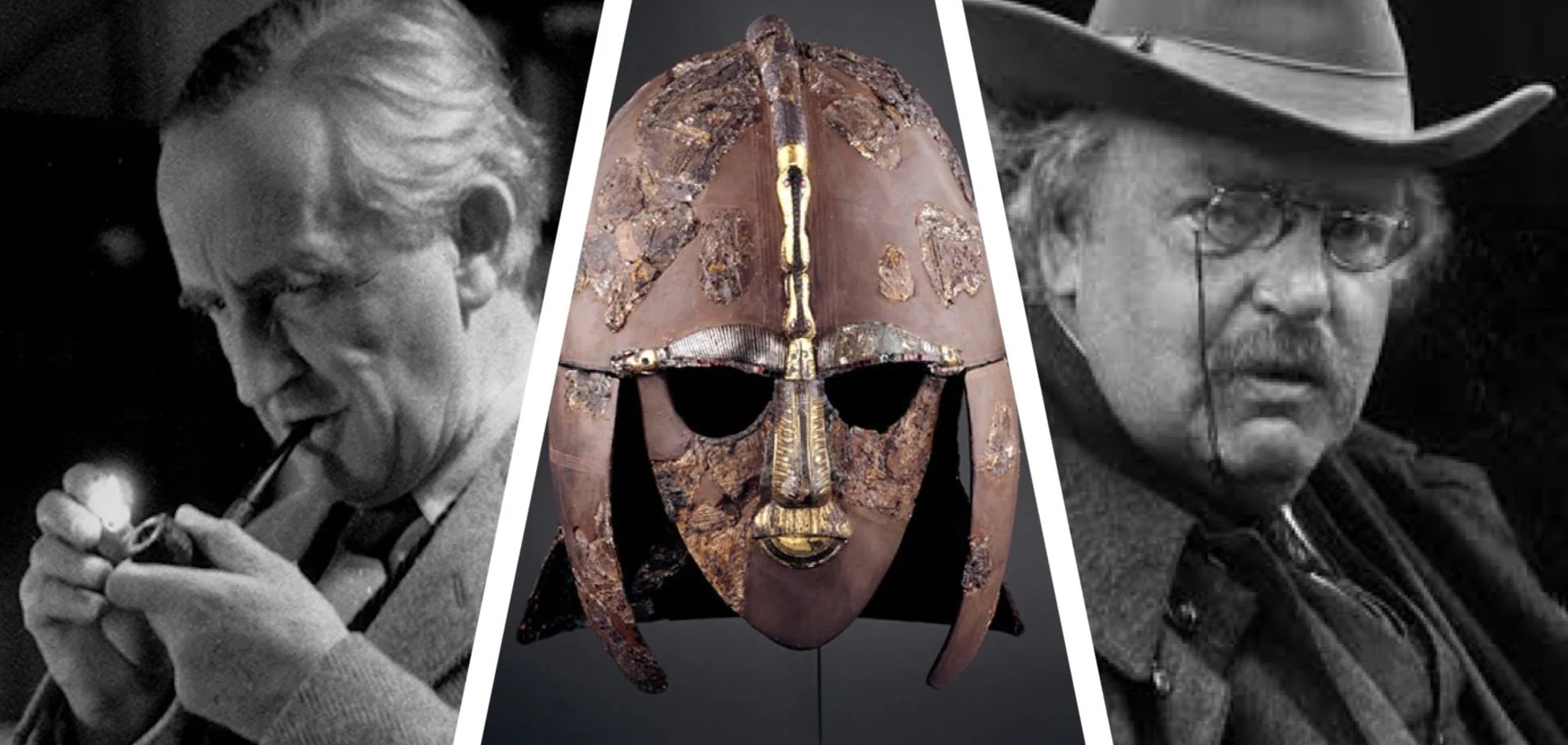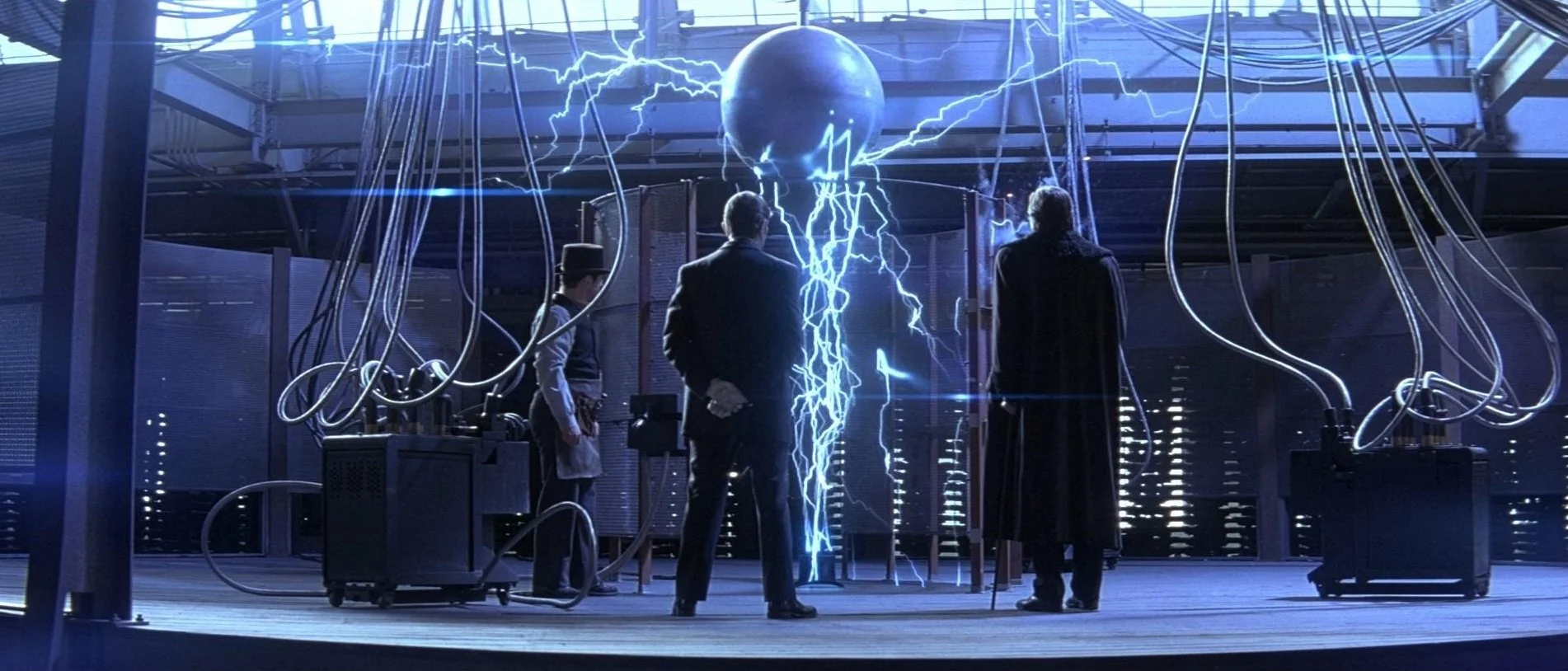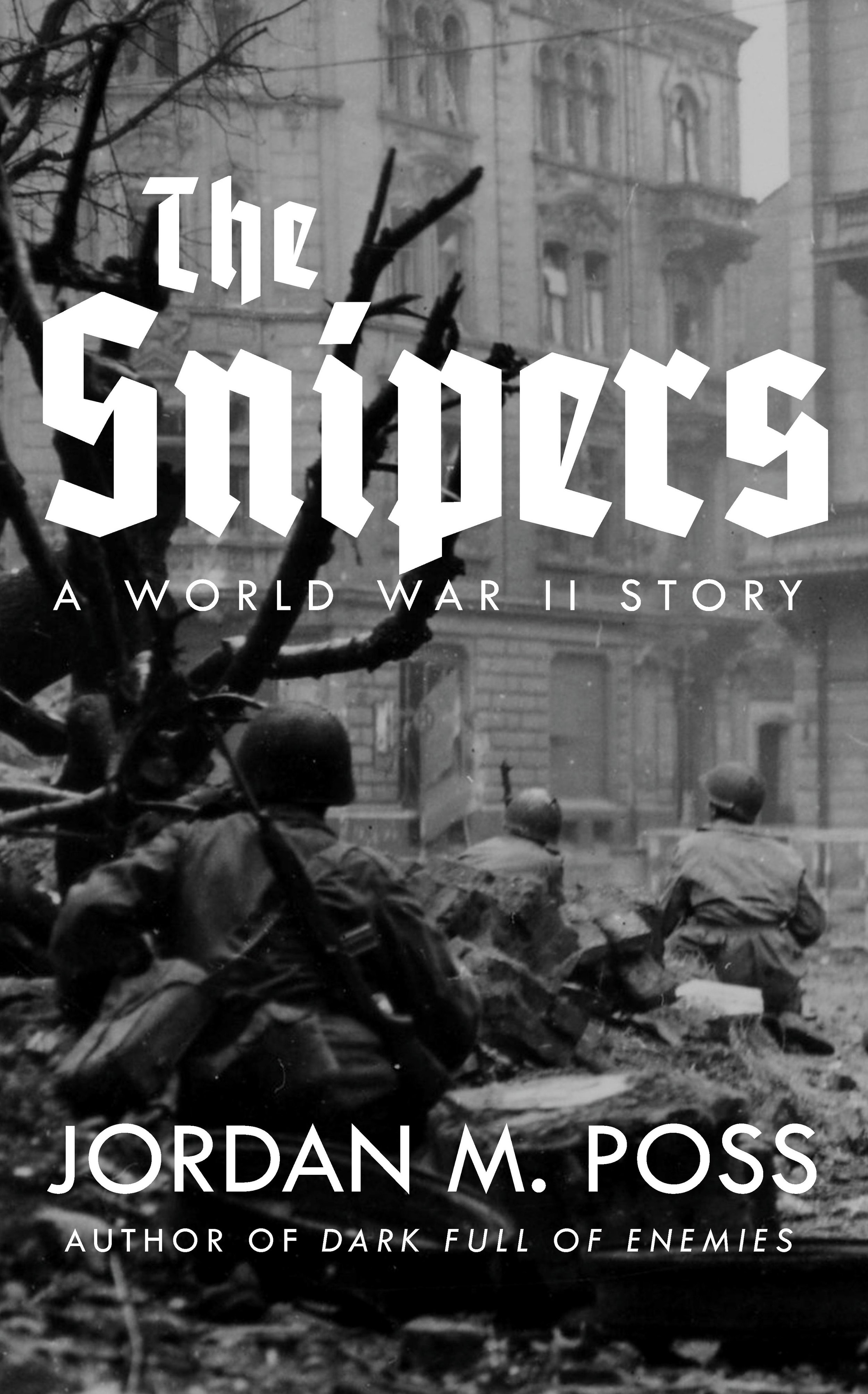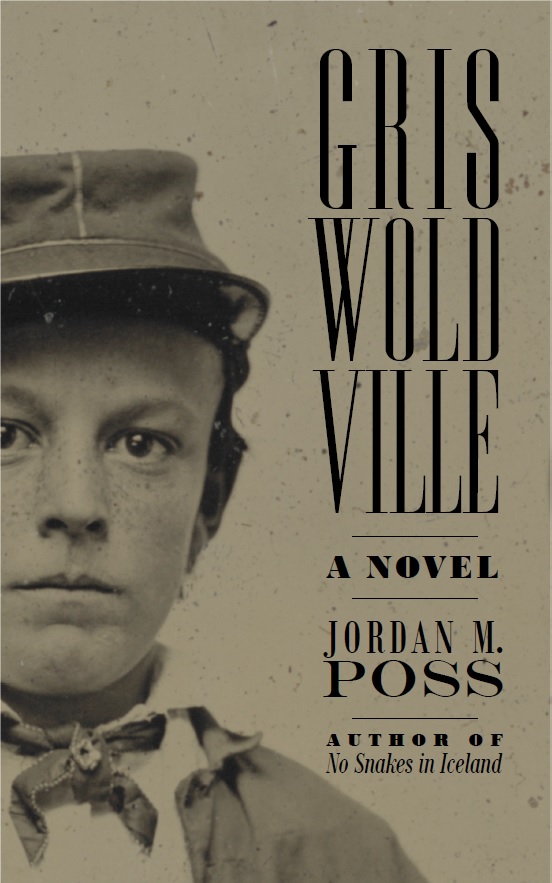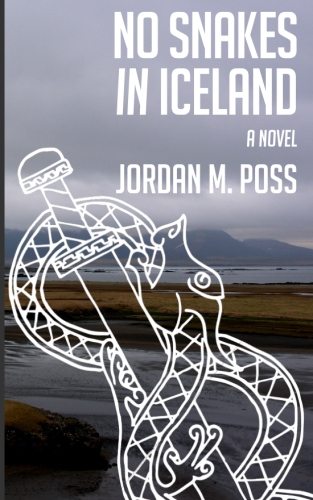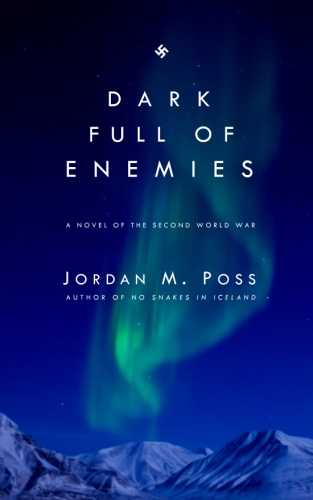The two basic ways history is going wrong
/Last year, when Joel Miller asked me to introduce the subject of historiography over on his Substack, I noted the existence of modern schools of history that “deny even the possibility of Herodotus’s work.” Against this was a countervailing anxiety about “revisionism,” which is undermines the discipline of historical understanding.
Last night I finished reading Robert Tracy McKenzie’s book The First Thanksgiving. McKenzie explains the historiography of that event and the broader context of the Pilgrims and post-Reformation Europe excellently, and it got me thinking about those two opposed errors in the approach to history again.
It seems to me there are two basic ways history goes wrong in the present:
The first, which I’ve railed against plenty of times here on the blog, stems from the hermeneutic of suspicion. This could be an ideological postmodernism that regards all historical sources as equally fictional “text,” feminist or postcolonialist or other intersectional assumptions about power and oppression, or—most commonly among the half-educated—a reflexive suspicion based on a cliche like “History is written by the winners.” In its elite form, with cultural cachet including glowing writeups in legacy print and endcap displays at Barnes & Noble, this is The 1619 Project; in its vulgar form, this is the TikTolk explainer that slices and dices to reveal to the viewer the dark forces behind great moments in history or, yet simpler, the Henry Ford or Napoleon attitude: history is “bunk,” history is “lies agreed upon.”
The second basic error is often a reaction to the first, and that’s resistance to any form of “revisionism.” Where the first error stemming from suspicion, whether in New York Times or neckbeard Redditor form, is leftist-coded, this is very much a conservative phenomenon. (It is also much more proportionally popular or vulgar, conservatives and their ilk having less purchase in elite taste-making institutions.) This error seeks to preserve the past in aspic, a complete, uncomplicated display piece. Questioning or correcting even the small details of an historical event as popularly understood—pointing out, for example, that the Pilgrims probably did not eat turkey and certainly did not have bread at the first Thanksgiving—is received as a profanation. That’s because, as with the first error, understanding the past isn’t actually the point for those making the error.
Though seemingly opposites—and you’ll certainly see the people doing this sneering at the others, especially imaginary others—both approach history more as a symbolic extension of themselves, both have a simplifying instinct (“Well, we know what’s actually going on here is…” vs “Just teach the facts!”), and both need a usable past, an instrumental version of history oriented toward achieving some goal. That is, they’re presentists.
McKenzie’s Thanksgiving book is excellent. I hope to review it in full here soon, but as I haven’t finished anything I’ve started writing for over a week, don’t hold you breath—and definitely give thanks for me if I do.


